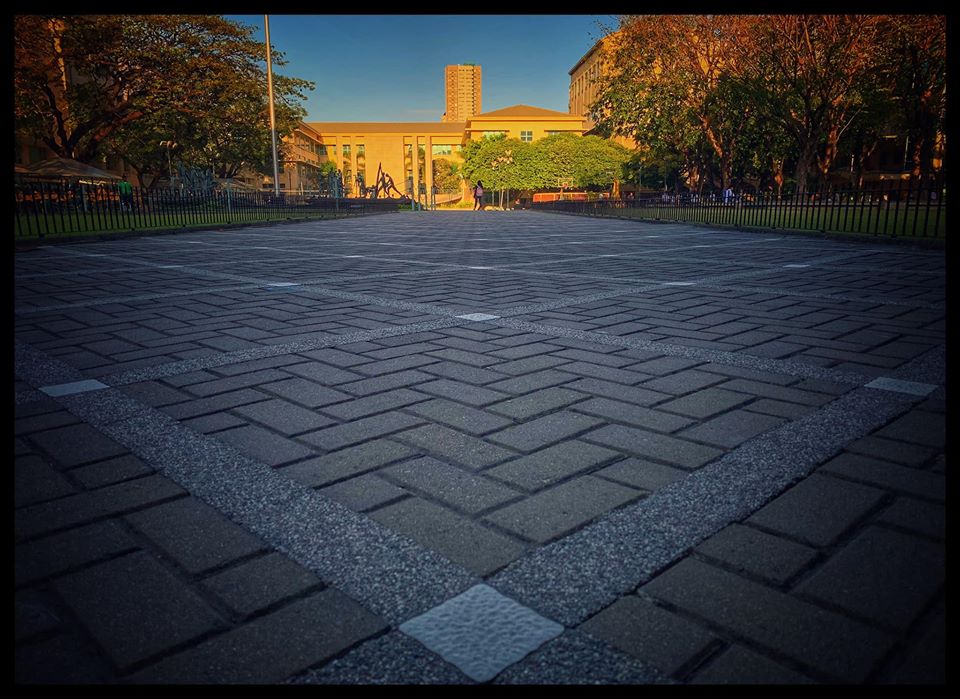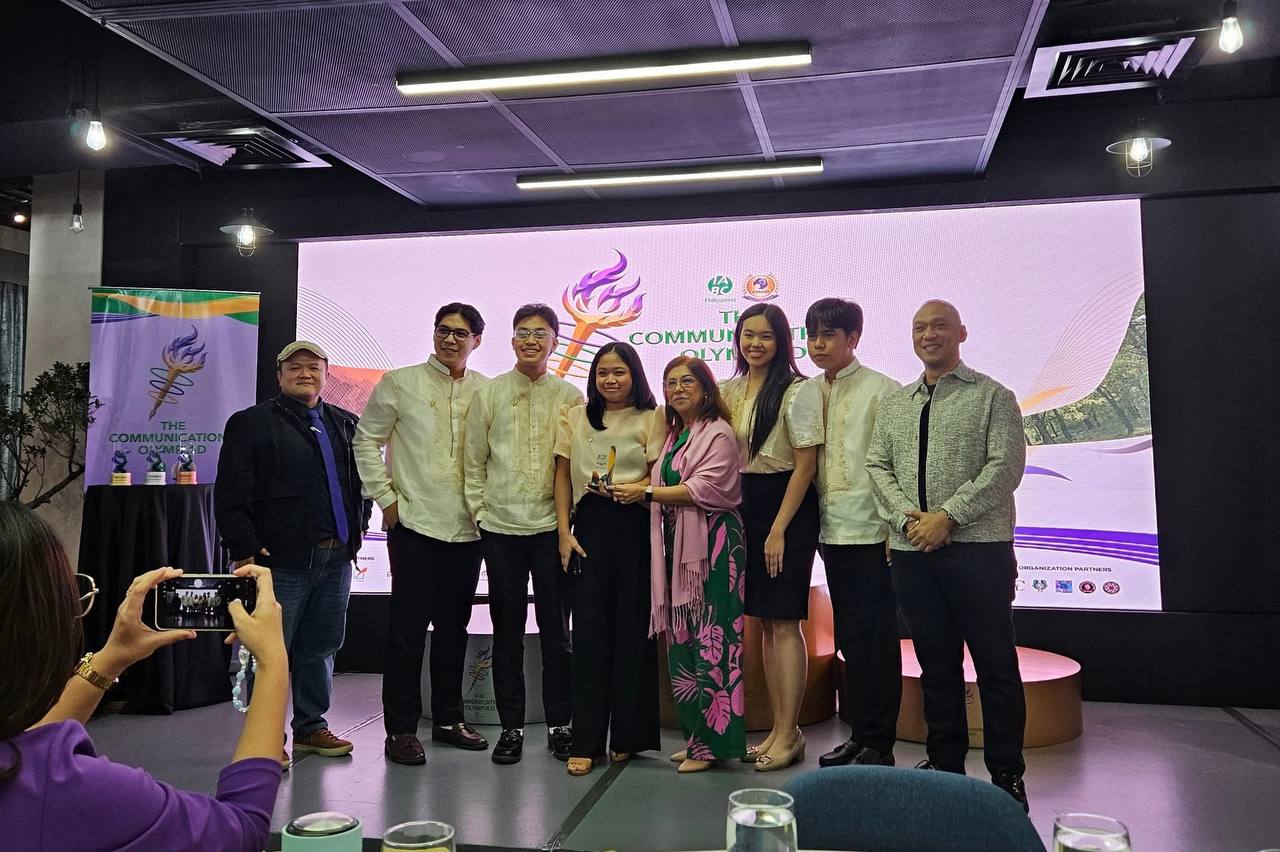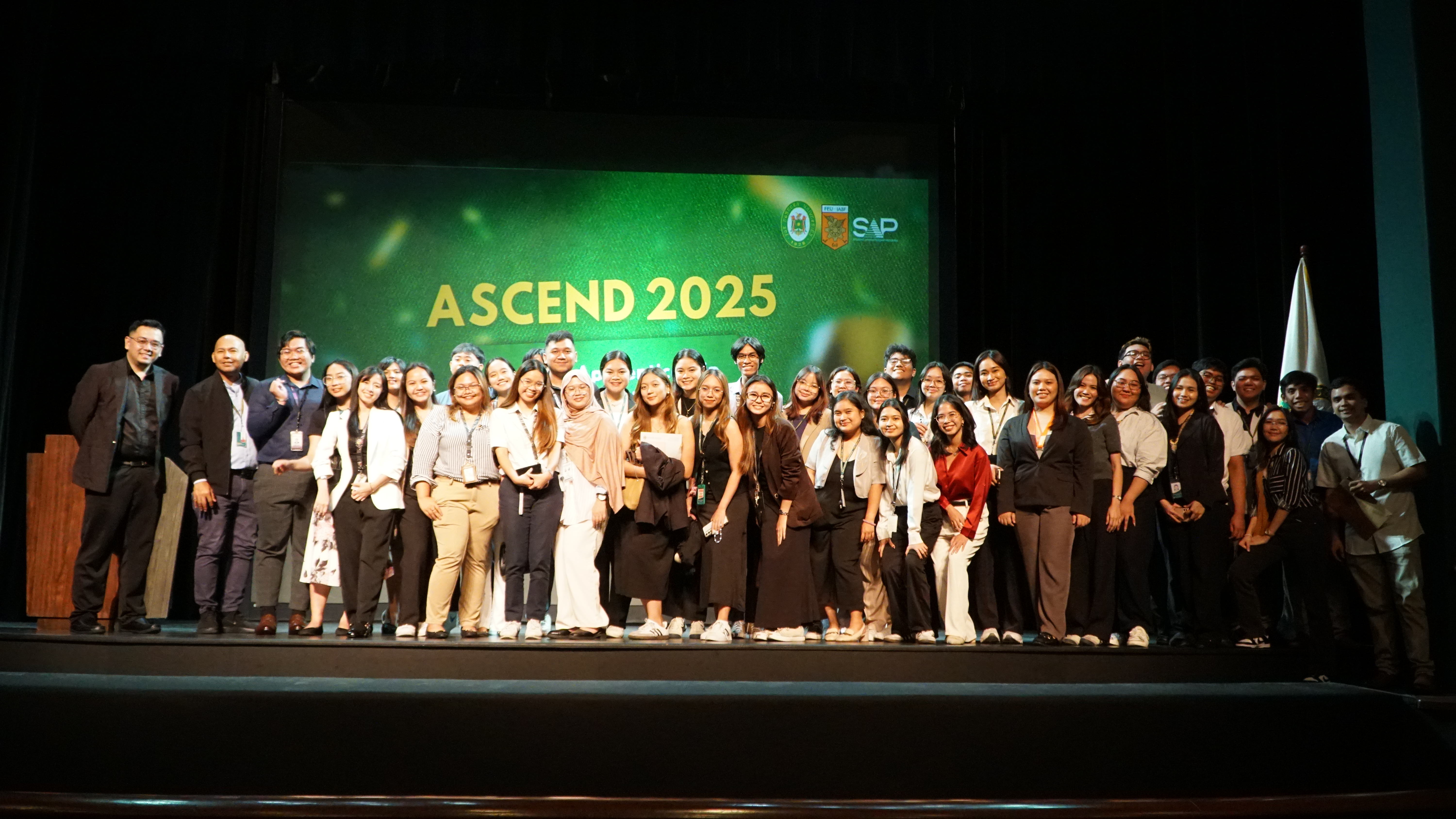by Edilberto de Jesus, former FEU President
Originally published in Rappler on May 01, 2020
After the premature end of school year 2019-20, schools wanted a June start for the incoming school year. UP’s Institute of Resilience recommended December 2020. The Commission on Higher Education decided it would be September for face-to-face classes and August for those with “flexible” systems.
The decision, focused on health risks, has serious financial consequences. COCOPEA (Coordinating Council of Private Educational Associations), representing about 2,500 institutions, estimates revenue losses at P55 billion by August and P142 billion by December. These are staggering figures, considering that a survey of the Philippine Association of Colleges and Universities (PACU) reporting that only about 20% of its members can meet their payroll costs beyond mid-May probably reflects the state of the sector.
The proposed dates do not even assume “normal” schooling. Pandemic health security precautions must be maintained: protective masks; temperature checks at school entrances and exits; soap and sanitizers and tissues or hand-dryers in bathrooms, and social distancing. Most of these measures, although involving additional costs for the schools, would be preferable to longer closure. But most schools are not structured for social distancing. Remodeling, even if possible, would entail time and heavy construction costs.
Resuming normal classes exposes commuting students to risks schools cannot control, such as the non-enforcement of social distance in public transport facilities or in the streets.
Other risk-reducing mechanisms – restricting class capacity, organizing students in blocks for staggered school attendance, or reducing class time would require complex scheduling and administrative arrangements for students and staff. They would also run into mandated rules regarding number of class sessions over the academic term.
Introducing these constraints would raise questions about how to ensure equitable access to quality education for all students. Such measures, as lower teacher-student ratios would also translate to lower revenues and/or higher costs and frustrate the goal of giving schools financial relief.
If “normal” means the pre-COVID-19 delivery of instruction in campus classrooms where students and teachers are physically present, the honest answer is never—until a vaccine is successfully tested and becomes universally available. How long the respite will last will also remain uncertain, as the possibility of COVID-19 mutation or the emergence of other viruses will remain a threat.
Old reliables
What, then, will the “new normal” look like?
It will include old reliables. Unable to hold classes, teachers have reverted to the quick, default device – requiring students to read and submit written reports on assigned texts. Moving forward, faculty may be able to prepare course packs for each subject that the students can purchase at the beginning of the term. It would contain course objectives, schedules, requirements and all the materials for the entire term. Basic education schools can effectively use made-for-television educational programs.
At the tertiary level, education on digital platforms, will certainly assume a greater role, as it has done with impressive speed in other sectors.
Since the lockdown, 90% of the Bank of Philippine Islands’ (BPI) total transactions have gone through offsite, electronic channels. Its on-line banking platform recorded more on-line users in one month than in the past year. At this rate, it will add 20% additional capacity to its existing BPI and BPI Family Bank branch network, roughly comparable to opening 170 new branches at a fraction of the cost.
Physical to digital
Leading universities in developed countries quickly pivoted from physical to digital classrooms for asynchronous or even real-time class sessions on the internet. Their foreign students who had to leave their colleges with months to go in the spring term completed their course requirements at home, though having to settle for Pass-Fail grades.
Even in the Philippines, online learning innovations started at least two decades ago, with projects to give faculty and students access to on-line learning materials by providing computer labs and subscribing to content providers.
Schools began to experiment with “blended” learning strategies, putting lectures and other materials on the web to replace or supplement those provided in the classroom. Some institutions have invested in learning management systems (LMS), like Blackboard and Canvas, that allowed closer interface between faculty and students.
To move into even blended, asynchronous digital learning, schools will have to make the investments in hardware, bandwidth and LMS. About a dozen HEIs, several with multiple campuses, have already formed a Canvas Consortium.
From the experience of the Far Eastern University, among the earliest institutions to subscribe to Canvas, the more expensive investment would be in the training of faculty and students and in the development of robust assessment systems.
Students’ limitations
The impediment to a broader use of digital learning lies on the student side.
Students manage to access online materials through the schools’ computer labs and through internet cafes. With restricted access to these facilities and heavier reliance on digital sources, most students lack the funds for the phone or computer devices/peripherals and adequate internet and bandwidth services to meet on-line learning requirements on a sustainable basis.
And the services are not always available where the students reside. These elements are beyond the schools’ control and require the support of government and the private sector.
But many private schools will not survive the extended lockdown period without immediate and substantial government assistance. A less restrictive General Community Quarantine (GCQ) will permit essential sectors to operate after 15 May. Schools are not among them. They have fallen into the group that includes Amusement Centers, Leisure Facilities, Gaming and Tourism Services.
COCOPEA can only hope that the class of non-essential sectors to which it has been consigned does not reflect the government’s regard for the value of education and its willingness to give it support.




